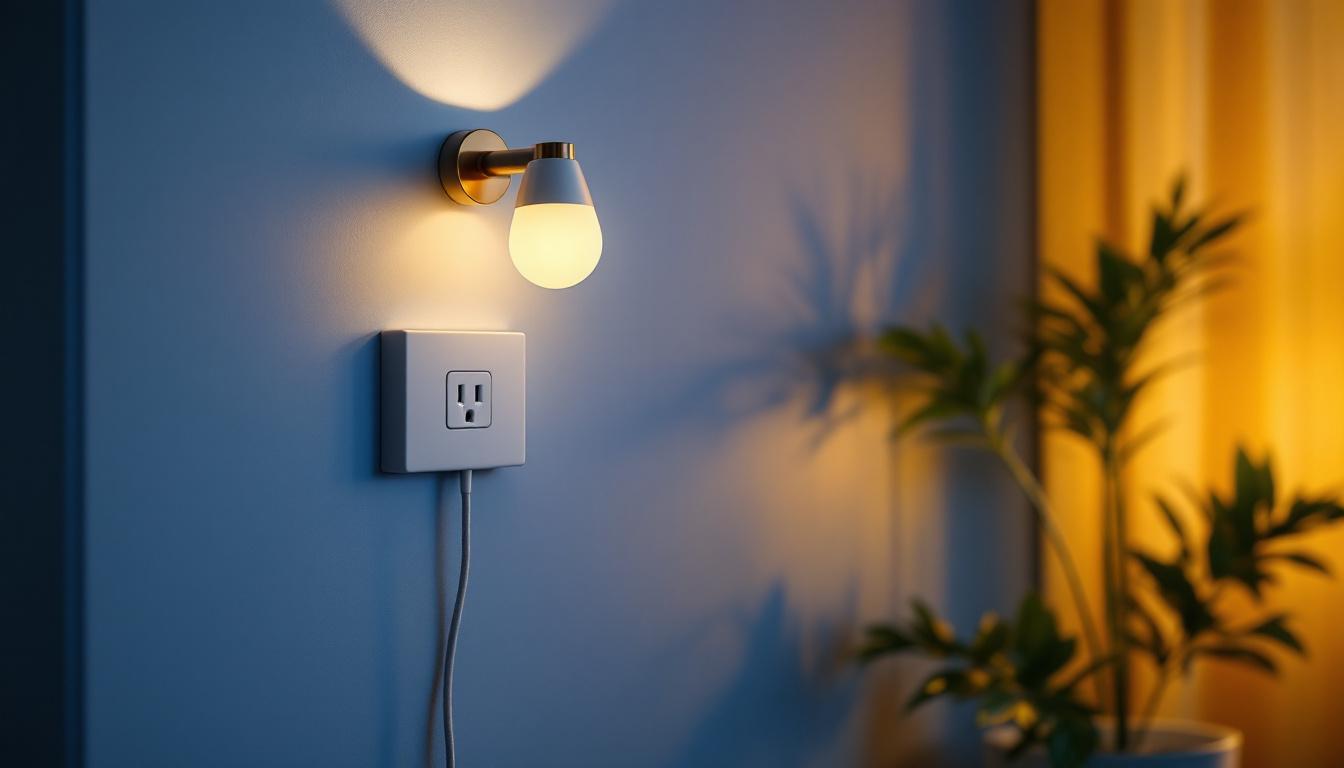
The evolution of lighting solutions has been a fascinating journey, from the flickering flames of ancient times to the sophisticated technologies of today. Among these advancements, gas lighting has carved out a unique niche, offering both aesthetic appeal and practical benefits. This article explores the role of gas lighting in modern lighting solutions, focusing on its applications, advantages, and the future it holds in a rapidly changing industry.
Gas lighting emerged as a revolutionary technology in the 19th century, providing a brighter and more reliable source of illumination compared to oil lamps and candles. Initially used in streets and public spaces, its popularity quickly spread to homes and businesses, transforming urban landscapes and lifestyles. The first gas streetlights were installed in London in 1807, and soon after, cities across Europe and America began to adopt this innovative lighting solution. The flickering glow of gas lamps not only illuminated the dark streets but also enhanced safety and encouraged social interaction during the evening hours, paving the way for a more vibrant nightlife.
As technology advanced, electric lighting began to dominate the market. However, gas lighting has not been entirely relegated to the past. Instead, it has evolved, finding a place in modern design and functionality. In fact, many contemporary gas fixtures are designed with efficiency and safety in mind, utilizing modern materials and technology to ensure a reliable and sustainable source of light. The resurgence of interest in gas lighting is also linked to a growing appreciation for vintage aesthetics, as homeowners and businesses seek to create spaces that reflect a sense of history and craftsmanship.
In recent years, there has been a noticeable resurgence in the popularity of gas lighting, particularly in residential and commercial settings. This revival can be attributed to several factors, including a desire for authenticity, nostalgia, and the unique ambiance that gas lighting can create. Many people are drawn to the soft, warm glow of gas lights, which can evoke a sense of comfort and intimacy that is often lacking in harsher electric lighting. This has led to a renewed interest in gas-powered fixtures, such as chandeliers, sconces, and outdoor lanterns, which are being embraced by both traditional and modern design sensibilities.
Architects and designers often incorporate gas fixtures into their projects to evoke a sense of history and charm. This trend is particularly evident in restaurants, hotels, and upscale residences where creating a warm and inviting atmosphere is paramount. The allure of gas lighting is not just about aesthetics; it also offers practical benefits. Gas lights can be more energy-efficient than their electric counterparts, especially in outdoor settings where they can be powered by natural gas lines. Furthermore, the ability to control the brightness and warmth of gas flames adds a layer of versatility that many find appealing. As sustainability becomes an increasingly important consideration in design, the enduring qualities of gas lighting continue to capture the imagination of those looking to blend the old with the new.
Gas lighting offers a range of advantages that make it an appealing choice for various applications. Understanding these benefits can help lighting contractors make informed decisions when advising clients on lighting solutions.
One of the primary advantages of gas lighting is its energy efficiency. Compared to traditional electric lighting, gas fixtures consume less energy while providing a comparable level of brightness. This efficiency can lead to lower utility bills, making gas lighting an economically viable option for many establishments.
Moreover, gas lighting systems can be designed to operate independently of the electrical grid, which can be particularly advantageous in areas prone to power outages or for outdoor applications where electricity may not be readily available.
In an era where sustainability is a significant concern, gas lighting presents a more environmentally friendly option compared to some electric lighting solutions. Natural gas is a cleaner-burning fuel than many alternatives, resulting in lower carbon emissions. Additionally, the longevity of gas fixtures often means less frequent replacements, contributing to reduced waste.
Contractors and clients alike can appreciate the reduced environmental impact of gas lighting, aligning with broader sustainability goals while still achieving aesthetic and functional lighting solutions.
The aesthetic appeal of gas lighting cannot be overstated. The soft, warm glow produced by gas fixtures creates a unique ambiance that is difficult to replicate with electric lighting. This quality makes gas lighting particularly desirable in settings where atmosphere is essential, such as dining establishments, lounges, and outdoor patios.
Furthermore, gas fixtures come in a variety of styles and designs, allowing for customization to suit the architectural features of any space. From vintage-inspired lanterns to sleek modern designs, the versatility of gas lighting enhances its appeal among designers and property owners.
The versatility of gas lighting allows it to be used in a wide range of applications, from residential to commercial and even industrial settings. Understanding these applications can help contractors identify opportunities for incorporating gas lighting into their projects.
In residential settings, gas lighting can enhance both indoor and outdoor spaces. In homes, gas fixtures are often used in kitchens, dining rooms, and living areas to create inviting atmospheres. Outdoor gas lighting, such as patio heaters and decorative lanterns, can extend the usability of outdoor spaces, making them more enjoyable year-round.
Homeowners seeking to add character to their properties often turn to gas lighting as a way to achieve a distinctive look while benefiting from its practical advantages.
Gas lighting has found a strong foothold in commercial spaces, particularly in the hospitality industry. Restaurants and bars frequently utilize gas fixtures to create a warm, welcoming environment that encourages patrons to linger. The flickering flame of a gas lamp can evoke feelings of comfort and relaxation, enhancing the overall dining experience.
Additionally, gas lighting can be used in retail environments to highlight products and create an inviting atmosphere that draws customers in. The unique aesthetic of gas lighting can set a business apart from its competitors, making it a valuable tool for branding and customer engagement.
Outdoor and landscape lighting is another area where gas lighting excels. Pathway lights, garden fixtures, and decorative lanterns can add charm and safety to outdoor spaces. Gas lighting can illuminate pathways, highlight landscaping features, and create focal points in gardens and patios.
Moreover, gas lighting is often favored for its ability to function without electricity, making it ideal for remote locations or areas where electrical installations are impractical. This flexibility allows for creative outdoor designs that can be enjoyed regardless of the surrounding infrastructure.
While gas lighting offers numerous benefits, it is essential to consider the installation and maintenance aspects to ensure optimal performance and safety. Lighting contractors play a crucial role in this process, guiding clients through the necessary steps.
Installing gas lighting requires careful planning and adherence to safety regulations. Proper ventilation, gas line installation, and fixture placement are critical components of a successful installation. Contractors must ensure that all local codes and regulations are followed to guarantee the safety of the system.
Additionally, the installation process may involve working with gas supply companies to ensure proper connections and pressure levels. This collaboration is vital to achieving a reliable and efficient gas lighting system.
Maintenance of gas lighting systems is essential for longevity and safety. Regular inspections should be conducted to check for leaks, ensure proper functioning of the fixtures, and clean any accumulated debris. Contractors should advise clients on the importance of routine maintenance to prevent issues that could compromise safety or performance.
Furthermore, educating clients on the operation of gas fixtures can enhance their experience. Providing guidance on how to adjust flame levels and troubleshoot common issues can empower homeowners and business owners to take an active role in maintaining their gas lighting systems.
The future of gas lighting is poised for exciting developments as technology continues to evolve. Innovations in design, efficiency, and integration with smart home systems are on the horizon, promising to enhance the role of gas lighting in modern solutions.
As smart home technology becomes increasingly prevalent, the integration of gas lighting into these systems presents a new frontier. Imagine the ability to control gas fixtures remotely, adjusting brightness or flame levels through a smartphone app. Such advancements could enhance convenience and energy efficiency, appealing to tech-savvy consumers.
Moreover, the incorporation of sensors could allow gas lighting systems to respond to environmental factors, such as automatically dimming during daylight hours or adjusting based on occupancy. This level of automation could further solidify the relevance of gas lighting in contemporary settings.
Design trends are also expected to influence the future of gas lighting. As aesthetics continue to play a significant role in lighting solutions, manufacturers are likely to explore new materials and designs that cater to diverse tastes and preferences. This innovation could lead to the emergence of gas fixtures that blend seamlessly with modern architecture while retaining the classic charm that gas lighting is known for.
Additionally, advancements in materials could enhance the durability and safety of gas fixtures, making them even more appealing to contractors and clients alike.
Gas lighting has proven to be a resilient and versatile lighting solution, adapting to the needs of modern society while retaining its historical charm. Its energy efficiency, aesthetic appeal, and unique applications make it a valuable option for lighting contractors to consider when advising clients.
As the industry continues to evolve, the future of gas lighting looks promising, with innovations in technology and design on the horizon. By embracing these advancements, contractors can offer clients a blend of tradition and modernity that enhances both functionality and beauty in their lighting solutions.
In a world where lighting plays a crucial role in shaping environments, gas lighting stands out as a distinctive choice that continues to illuminate the path forward.
Ready to enhance your lighting solutions with the charm and efficiency of gas lighting? At LumenWholesale, we provide lighting contractors with the highest quality, spec-grade lighting products at exceptional wholesale prices. Our commitment to cutting out the middleman means you get access to superior products without the inflated markups, ensuring every project shines with reliability and performance. Embrace the future of lighting with our extensive selection, and enjoy the convenience of free shipping on bulk orders. Elevate your lighting game with the best value in the industry. Wholesale Lighting at the Best Value awaits you at LumenWholesale.

Discover the essential considerations for lighting contractors when installing wall sconces with outlets.

Discover how solar light panels can revolutionize your lighting projects by ensuring sustainability and efficiency.

Discover how gooseneck sconces are transforming the lighting industry, offering contractors a stylish and versatile edge.

Explore the transformative journey of the lighting industry in “Led And Lighting: The Evolution in the Lighting Industry.” Discover how LED technology has revolutionized illumination, offering energy efficiency, sustainability, and innovative design possibilities that are shaping the future of lighting..